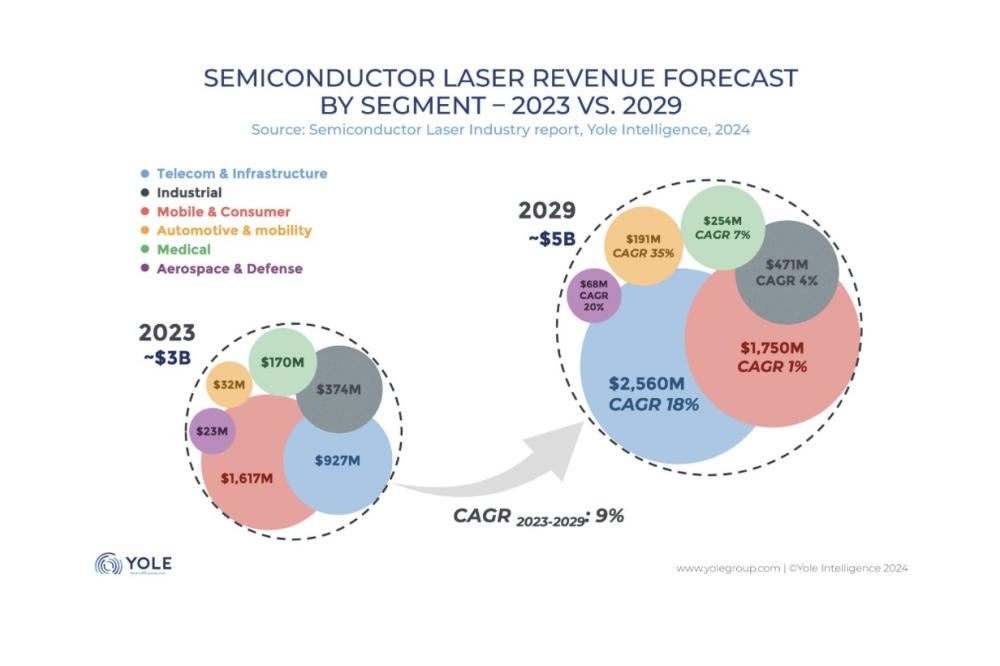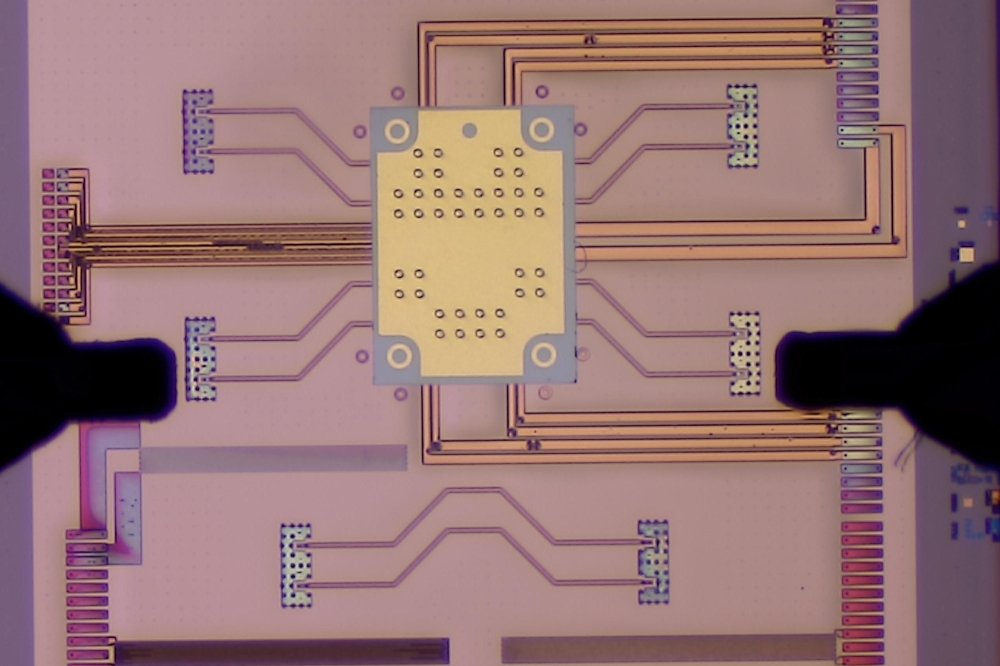Cautious optimism for 2002 mobile-phone market rebound
Barring this result, there are four major issues in the mobile-handset market as we move into 2002. How many units are being sold? Who will the top manufacturers be? When will the manufacturers start buying RF components again? And what is the outlook for the much-discussed new technologies and services? Unit demand The outlook for mobile-handset sales in 2002 remains remarkably uncertain. In fact, with just one month to go, top analysts are still unsure of the number of units that will be shipped this year.
Nokia executives recently predicted a big fourth-quarter rally that would push industry-wide sales up 17.5% over the third quarter. If so, worldwide shipments for 2001 would total 390 million units. This represents a decrease of 6% compared with 2000, and is also a huge climb down from the original forecasts for 2001 that looked for shipments of more than 500 million units (figure 1).
Even achieving the lowered mark will require some help from Christmas shoppers - for example, Nokia is looking to increase its fourth-quarter sales by 25% over the third quarter. Statements made by Nokia CEO Jorma Ollila at the COMDEX meeting in mid-November indicated that company performance was on track, and management was therefore standing by its prediction. Nevertheless, there are also many analysts who say that Nokia s outlook is simply too aggressive.
Among the critics is Sofia Ghachem of UBS Warburg, who is predicting that Nokia will at best increase its sales by 18%. "Given the negative data points coming from Europe with respect to slowing subscriber growth and replacement demand, in conjunction with an uncertain outlook for the US and China, we believe this to be a more prudent position at this time," she said. Analysts from Bear Stearns Equity Research have expressed concern that while Nokia might meet its targets for shipments, the "sell-through" to consumers at the retail level may not keep pace. This scenario raises the unpleasant prospect of a repeat of 2001, when the industry entered the new year with a backlog of many millions of unsold units in the pipeline. While many commentators are suggesting 450 million units as a target for 2002 sales, it is unlikely that any firm predictions will be made before the results for the December quarter are fully understood.
Market share Nokia remains the number one supplier of handsets by a healthy margin. The most recent data, covering handset sales in the third quarter of 2001, shows that Nokia controls 33.4% of the market, followed by Motorola with 15.7%.
The relative positions of the five companies shown in figure 2 will be watched with great interest in 2002. For component manufacturers it is almost as important a question as the total number of units shipped, because most of the suppliers are strongly identified with just one or two of the major manufacturers - for example, RF MicroDevices and Nokia, Alpha Industries and Motorola.
Some analysts believe that Nokia has revealed some weakness this year. "Nokia, for the first time, has one of the older product portfolios among leading manufacturers," says Bryan Prohm, a senior analyst with Gartner Dataquest. He believes that Nokia has lost some GSM market share to competitors with more "contemporary" designs.
While Nokia s market share has slipped a few points each quarter this year, Motorola s has increased by one point per quarter. Gartner Dataquest analysts say that Motorola s resurgence is no longer limited to a few products or just North America - rather it has become a global phenomenon, encompassing all of the major air interfaces.
Ericsson s traditional position as the number three supplier has been challenged this year by both Siemens and Samsung, the latter being widely considered as a "rising star" on the strength of its CDMA business. But Prohm expects Ericsson to fight back. "Ericsson has introduced a range of novel handsets, many of which have received positive reviews and seem eagerly anticipated by consumers," he said. Prohm also believes that the launch of the Sony-Ericsson mobile communications joint venture in the fourth quarter of 2001 will generate the momentum needed to propel Ericsson "back into double-digit market share and firmly into the coveted third-place position worldwide".































